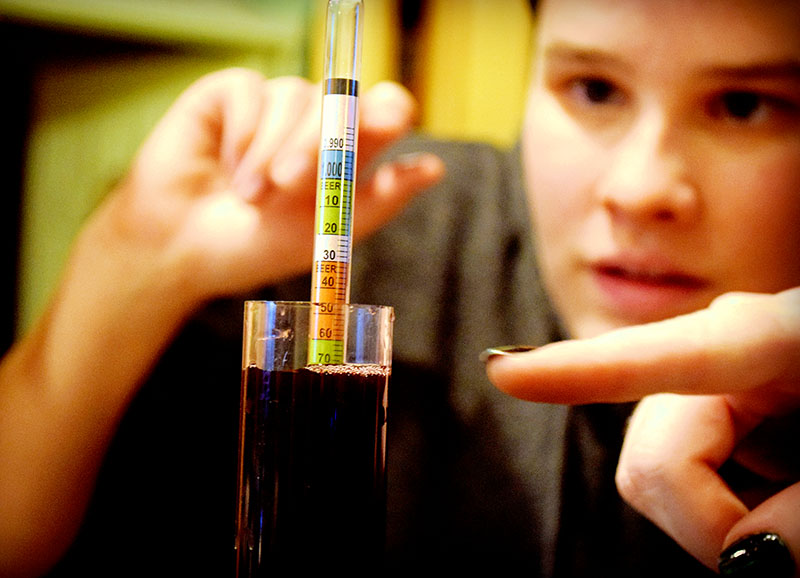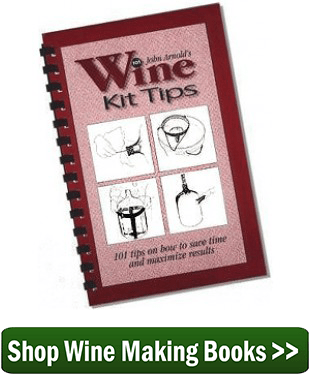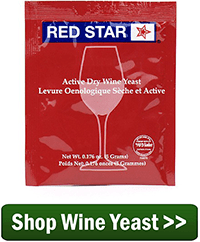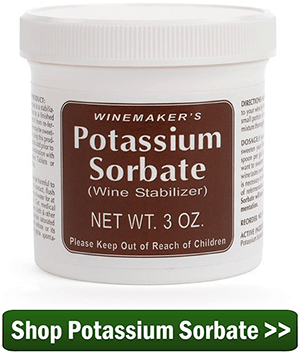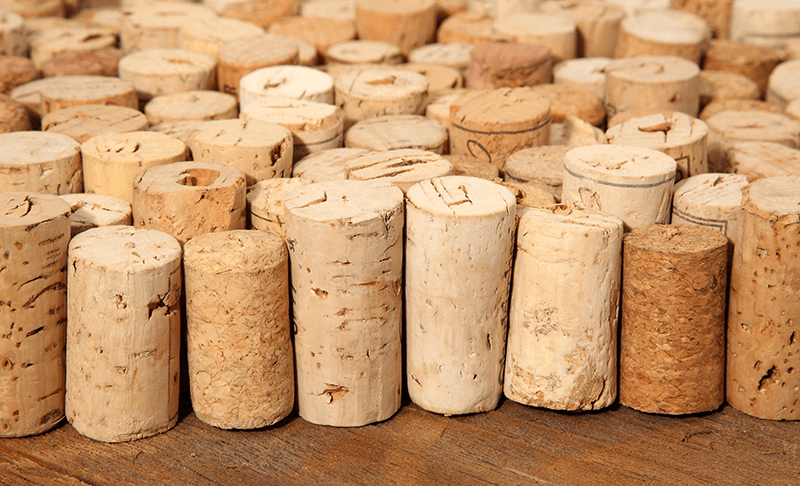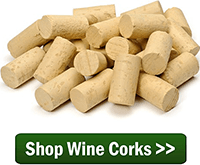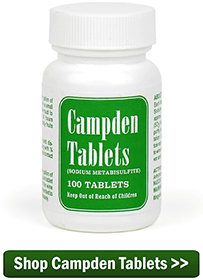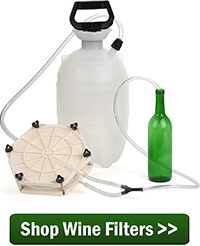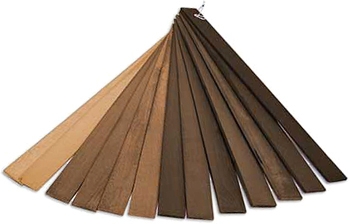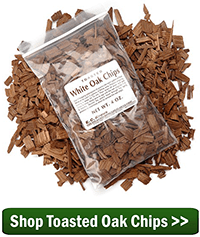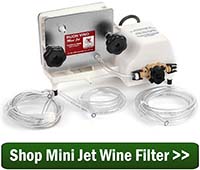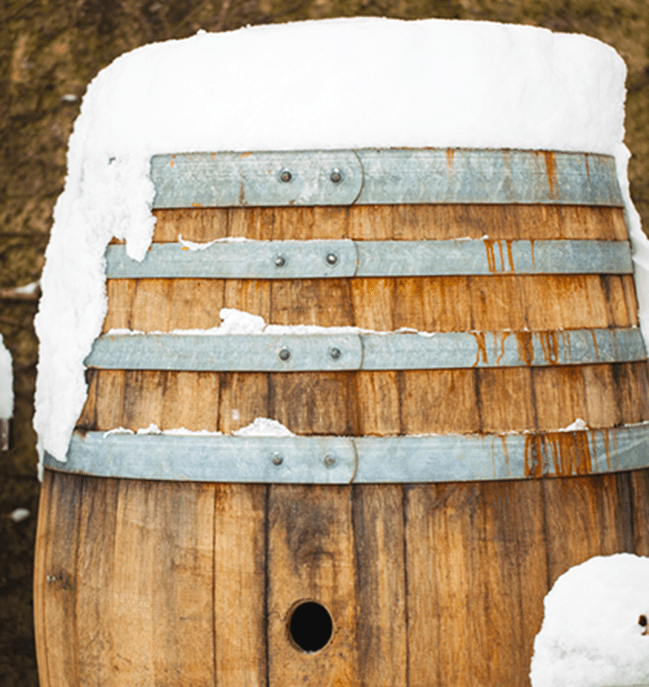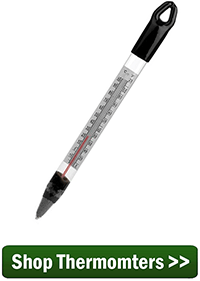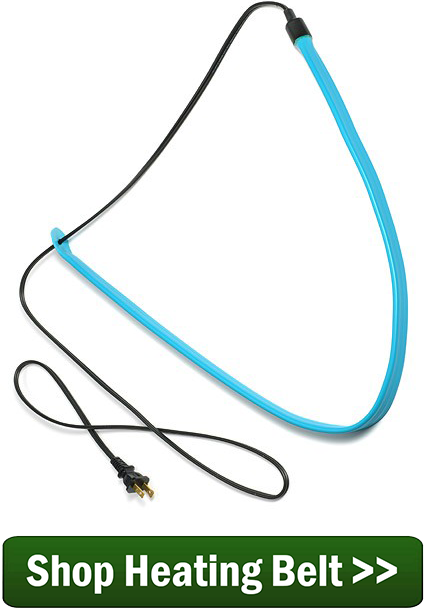 I have made two batches of wine from wild grapes here in WI. The first one was harsh at first but aged about a year and it turned out very good and smooth. The second batch has been bottled now for about a year and is still sour, bitter and hard to drink. Wondering what I could do with it besides just sweetening it – don’t care much for sweet wine. I am about ready to pick some for the next vintage and am trying to figure out what I can do ahead of time to get it to turn out better. I read some in the blogs about adding acid blend before you bottle if it is too blah but what can be done if I sample before I bottle and it is way too harsh?
I have made two batches of wine from wild grapes here in WI. The first one was harsh at first but aged about a year and it turned out very good and smooth. The second batch has been bottled now for about a year and is still sour, bitter and hard to drink. Wondering what I could do with it besides just sweetening it – don’t care much for sweet wine. I am about ready to pick some for the next vintage and am trying to figure out what I can do ahead of time to get it to turn out better. I read some in the blogs about adding acid blend before you bottle if it is too blah but what can be done if I sample before I bottle and it is way too harsh?
Name: Mike S.
State: Wisconsin
—–
Hello Mike,
There are two major reasons a homemade wine will have a sour or bitter taste:
- There is too much acid in the wine

If your homemade wine has a sour taste it could simply be from the fact that the fruit used to make the wine was too tart. In other words, the wine has too much fruit acid from the fruit, itself. Also, a homemade wine can have a sour taste if too much fruit acid was added to the wine must by way of acid blend. Regardless, if your wine has a sour taste for this reason there are corrective steps you can take to make sure that this does not happen with the batch of wine your are getting ready to make. I would suggest taking a look at the article on our website, Getting A Handle On Wine Acidity. This will fill you in on what to do. As for your current batch of wine, there are some things your can do to lower the acidity level.
- The wine is turning to vinegar
If your homemade wine has a sour taste it could also be caused by vinegar bacteria (acetobacter). The bacteria infects the wine an slowly begins to turn it to vinegar. There are two ways to distinguish vinegar sour from just plain too tart. The first being, the wine will become more sour as time goes buy.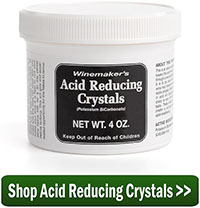 The second way is by smell. Having a homemade wine with a sour taste from fruit acid will have no smell from this, but a wine with a bacterial infection will also have a sour smell. The number one reason for a wine to be infected with acetobacter is sanitation. If you are not using sanitizers to clean your wine making equipment and wine bottles, then this could definitely be the cause. If you are not using sulfites such as either: sodium metabisulfite, potassium metabisulfite or Campden tablets directly in the wine, then this could be the cause. An article on our web site that will put you on the right track is The Many Uses Of Sodium Bisulfite.
The second way is by smell. Having a homemade wine with a sour taste from fruit acid will have no smell from this, but a wine with a bacterial infection will also have a sour smell. The number one reason for a wine to be infected with acetobacter is sanitation. If you are not using sanitizers to clean your wine making equipment and wine bottles, then this could definitely be the cause. If you are not using sulfites such as either: sodium metabisulfite, potassium metabisulfite or Campden tablets directly in the wine, then this could be the cause. An article on our web site that will put you on the right track is The Many Uses Of Sodium Bisulfite.
Bitter is caused by having too much tannin in the wine. Tannin is the dry, woody tasting stuff that can be experience when chewing on a grape skin. If the grapes are over processed or chopped, such as using a blender, etc., too much tannin may be coming out of the grapes and into the wine must. This will give your homemade wine a bitter taste. It is important that you only crush the grapes. All you are looking to do is burst the grape skins. Anything more than this is overkill.
It is possible to reduce the bitterness of a wine. Treating the wine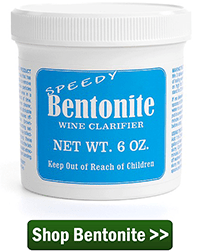 with bentonite will help to drop out some of the tannin as a sediment.
with bentonite will help to drop out some of the tannin as a sediment.
How long you keep the skins in the fermentation can make a difference in bitterness, also. A reasonable amount of time would be 3 to 5 days. If you left the skins in the fermentation longer than this, than you may want to adjust what you do this season.
Mike, I hope this info helps you out for this year.
Happy Winemaking,
Ed Kraus
—–
Ed Kraus is a 3rd generation home brewer/winemaker and has been an owner of E. C. Kraus since 1999. He has been helping individuals make better wine and beer for over 25 years.

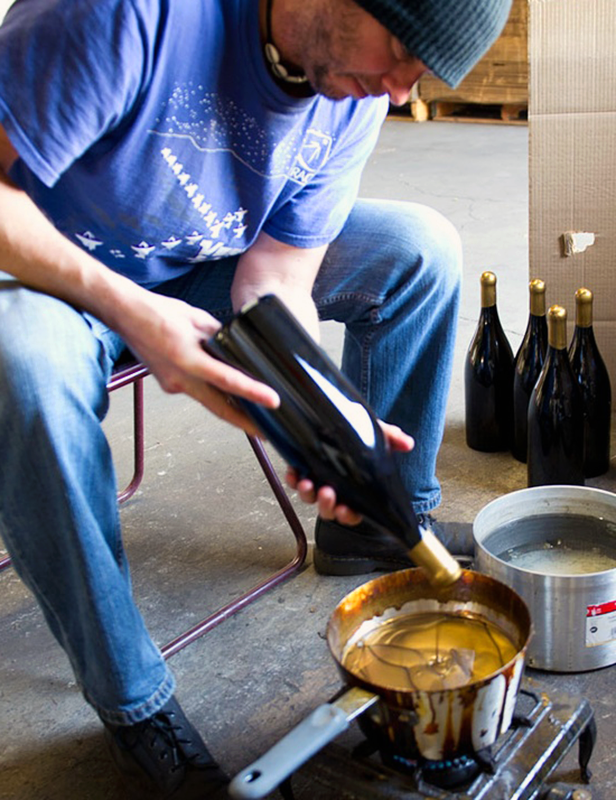
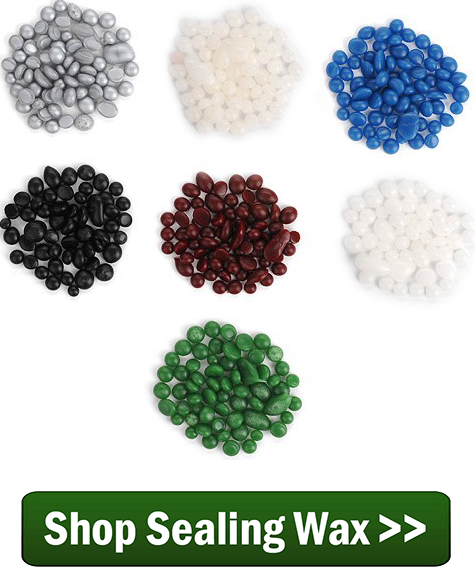
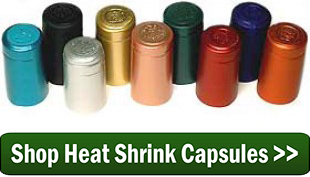
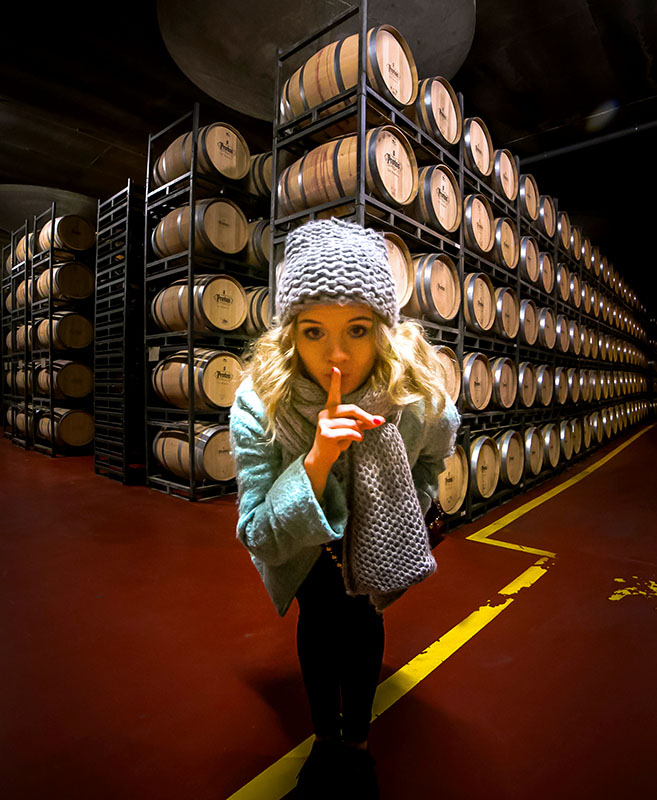
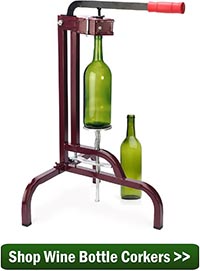
 What’s pink, sugary and fluffy all over?…
What’s pink, sugary and fluffy all over?…